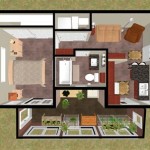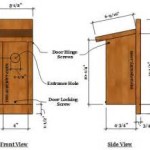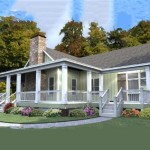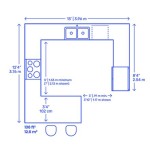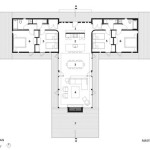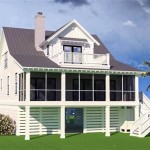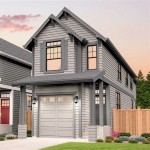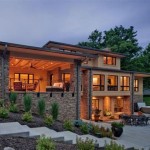Creating a safe, comfortable, and accessible home for those with limited mobility can be a challenge. But with the right handicap house plans, you can design an attractive and functional home that meets the needs of everyone in your family. In this article, we’ll explore the different types of accessibility options available, discuss the benefits of having a handicap house plan, and look at some tips for designing a functional and aesthetically pleasing home.
Types of Handicap House Plans
There are many types of handicap house plans available, depending on the needs of the homeowner. Some of the most popular accessibility options for homes include:
- Ramps
- Lifts
- Widened doorways
- Modified bathrooms
- Raised kitchen counters
- Wider staircases
These are just a few of the accessibility options available for handicap house plans. Depending on the needs of the homeowner, more customized options may be necessary. It’s important to consult with a qualified architect or designer to ensure that the accessibility needs of the homeowner are properly met.
Benefits of Having a Handicap House Plan
Having a handicap house plan can provide several benefits to the homeowner. Some of the most notable include:
- Improved safety and comfort for those with limited mobility
- Increased independence for the occupants of the home
- Reduced stress for the homeowner
- More attractive and functional home design
- Enhanced resale value of the home
These are just a few of the many benefits of having a handicap house plan. With the right plan in place, you can make your home more comfortable, safe, and attractive for everyone in the family.
Tips for Designing an Accessible Home
Designing a handicap house plan can seem overwhelming at first. But with the right tips and guidance, you can create a functional and aesthetically pleasing home for everyone in your family. Here are a few tips to help you get started:
- Consult with a qualified architect or designer to ensure that the plan meets the needs of the homeowner.
- Incorporate universal design principles whenever possible for maximum accessibility.
- Keep the layout of the home simple and efficient.
- Include features such as grab bars and non-slip surfaces for added safety.
- Choose materials that are both attractive and durable.
- Include plenty of natural light and ventilation.
By following these tips and consulting with a qualified professional, you can create a handicap house plan that meets the needs of everyone in your family.
Conclusion
Creating a handicap house plan can seem daunting, but it doesn’t have to be. By consulting with a qualified architect or designer and following the tips outlined in this article, you can design an attractive, functional, and accessible home for everyone in your family.















Related Posts

